When Claude Debussy composed Clair de Lune as part of his Suite Bergamasque in 1890, he could hardly have imagined that this delicate piano piece would become one of the most recognizable melodies in classical music. Yet beyond its surface beauty lies a revolutionary approach to composition—one that would come to define the entire Impressionist movement in music. Like Monet's water lilies or Renoir's dappled sunlight, Debussy's Clair de Lune doesn't so much describe moonlight as it conjures the very sensation of standing bathed in its silvery glow.
The term "Impressionism" was borrowed from painting, and not without controversy. When Monet exhibited Impression, Sunrise in 1874, critics derided it as unfinished, a mere impression rather than a proper painting. Similarly, Debussy's music was initially met with bewilderment by audiences accustomed to the structured harmonies of Romantic composers. Where Beethoven built cathedrals of sound, Debussy painted with sonic watercolors—shimmering, elusive, and deliberately ambiguous.
In Clair de Lune, we hear this revolutionary approach in every measure. The left hand's undulating arpeggios don't so much provide harmonic foundation as they create a liquid atmosphere, like moonlight rippling across water. The right hand's melody floats above this texture not in strict time, but with the rubato of someone momentarily lost in reverie. Traditional cadences are avoided; instead, we get harmonic side-slips that evoke the way moonlight might suddenly catch the edge of a cloud before disappearing again.
Debussy's genius lay in understanding that moonlight isn't merely visual—it's a multisensory experience. The famous opening measures, with their hushed, high-register chords, don't just sound pretty; they recreate the physiological sensation of night vision adjusting, of pupils dilating to take in more light. When the melody proper enters, its stepwise motion and carefully placed silences mimic the way moonlight reveals landscapes in fragments—a glint off a windowsill here, the outline of a tree branch there.
The middle section builds intensity not through traditional development, but through accumulation—like clouds parting to allow more moonlight through. Here Debussy employs his signature "whole-tone" scales, those ambiguous, floating sequences that refuse to settle into a traditional key. It creates the musical equivalent of staring at a moonlit scene until your eyes play tricks—is that movement in the bushes, or just a trick of the light? The return of the opening material feels less like a recapitulation than like the moon reemerging from behind clouds, the familiar landscape now subtly altered by the passage of time.
What makes Clair de Lune endure while other Impressionist works feel dated? Perhaps because Debussy, unlike some of his contemporaries, never sacrificed emotional directness on the altar of innovation. The piece may be harmonically radical, but its melodic contour taps into something primal—that mix of wonder and melancholy moonlight evokes across cultures. The Japanese woodblock prints Debussy collected aren't merely reflected in the piece's pentatonic flavors; they share its understanding of how emptiness (the silent pauses between phrases) can heighten beauty.
Modern neuroscience helps explain why the piece feels so visual. Debussy's avoidance of strong tonal centers means our brains can't easily predict where the music is going, creating a pleasant tension similar to scanning an impressionist painting. The high proportion of unresolved dissonances (those gently clashing notes in the left hand) trigger mild stress responses that make the resolutions sweeter—exactly how moonlight transforms the mundane into the magical.
Contemporary accounts suggest Debussy himself was ambivalent about the piece's popularity. Having moved on to more complex works by 1905 when he finally published the suite, he reportedly found audiences' fixation on this early work frustrating. Yet in hindsight, Clair de Lune became the perfect ambassador for musical Impressionism—accessible enough to draw listeners in, sophisticated enough to hint at deeper mysteries. Like moonlight itself, it illuminates just enough to make us aware of how much remains in shadow.
Today, the piece saturates popular culture—from movies to car commercials—risking overexposure. But hearing it on a good piano in an attentive quiet reveals its undiminished power. That final, evaporating chord isn't just an ending; it's the moment when dawn bleaches the moonlight from the sky, leaving only the memory of its glow. In three short pages of music, Debussy did what no astronomer could—he bottled moonlight, and in doing so, changed how we listen forever.

By /Aug 8, 2025

By /Aug 8, 2025

By /Aug 8, 2025

By /Aug 8, 2025
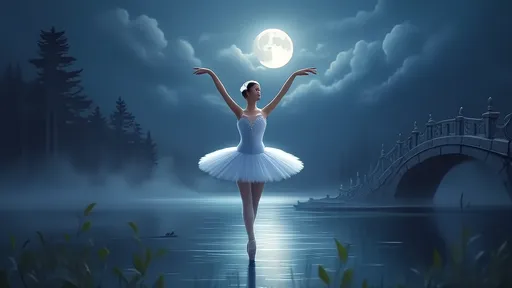
By /Aug 8, 2025

By /Aug 8, 2025
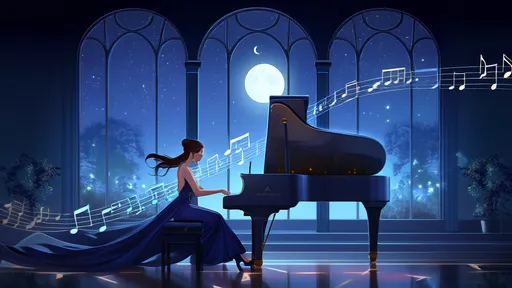
By /Aug 8, 2025

By /Aug 8, 2025
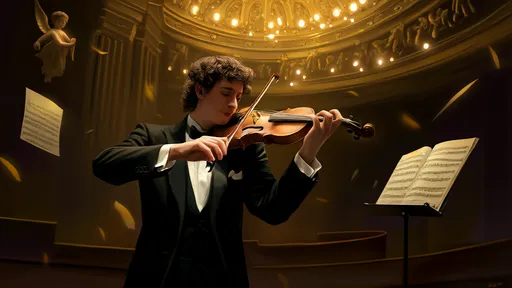
By /Aug 8, 2025
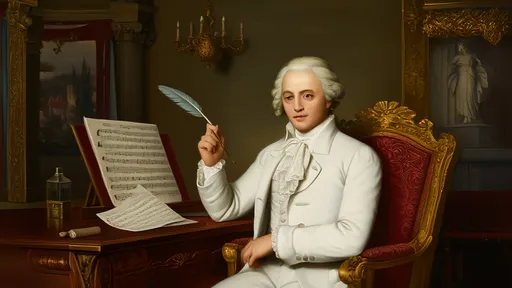
By /Aug 8, 2025

By /Aug 7, 2025

By /Aug 7, 2025

By /Aug 7, 2025

By /Aug 7, 2025

By /Aug 7, 2025

By /Aug 7, 2025

By /Aug 7, 2025

By /Aug 7, 2025
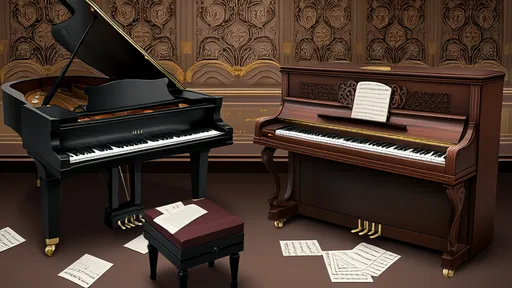
By /Aug 7, 2025

By /Aug 7, 2025